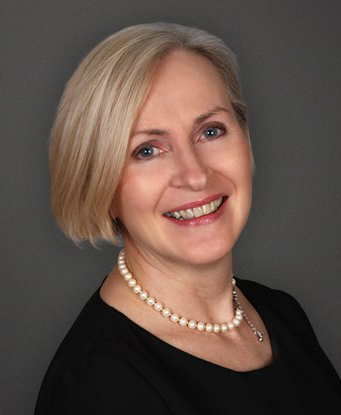Fiona Rasmusen: Why collaborative family law can be the Marriage Story tonic

Fiona Rasmusen
Hollywood has a tendency to turn divorce lawyers into compelling villains. Fiona Rasmusen looks into depictions of divorce and reveals an alternative process that could stem misery for Scottish families.
Anybody who has watched the recent movie, Marriage Story could be forgiven for being put off ever engaging in divorce proceedings, whatever their situation.
Without giving too much away, as is so often the case, the lawyer acts as the catalyst in a race to the bottom, twisting a healthy post-split relationship into a nasty custody battle.
While there’s much to admire about the film, including stellar performances from Scarlett Johansson and Adam Driver, Scottish viewers may be left questioning whether it is truly representative of the divorce process.
Thankfully, from first-hand perspective after 25 years in family law, I’d say broadly no.
To great effect, the lawyers in Marriage Story play caricatures. From the dozy old pro counting down his days to exit, to Ray Liotta’s pinstripe-clad city-slicker.
However it’s Laura Dern’s portrayal that offends practitioners this side of the Atlantic most, with a needless pre-emptive escalation into conflict that is (thankfully) unreflective of the sector today.
The nature of divorce is the very reason it makes such captivating storylines. It is intensely personal, potentially distressing and highly emotive.
Of course there are difficult moments – and times when a lawyer must take a stand and fight for a client.
The key way in which this movie differs from reality is that, as family lawyers, our primary position is one of empathy. Above all else, we’re working with our clients towards an amicable civilised settlement, not making the situation more unpleasant.
Collaborative process – a silver bullet?
There has been quite a slow uptake of this process in Scotland, likely due to a lack of awareness. However, engaging in the collaborative process is an attractive option for anybody worried about an escalation into conflict.
It does two things. Firstly, rather than instruct a lawyer to act solely in the interests of their client, it allows them to sit around a table with the aim of reaching a fair solution.
Secondly, it takes the threat of court off the table entirely (provided an outcome is reached).
These two points change the dynamic dramatically, with solicitors as facilitators, and all financial information obtained during the process.
It’s worth bearing in mind that not all family lawyers are qualified to deliver collaborative family law – but many are – and it can result in a more harmonious process.
Is there a downside?
Unfortunately, the collaborative process doesn’t offer a panacea for all separating couples. If it doesn’t work, the couple will be back to square one – with little to show for the time and effort.
While it is painful, going to court does provide a final decision. It can also be surprising just how straining even the collaborative process can be.
Regardless, separating couples in Scotland should take heart that there are options out there.
Divorce can sometimes mirror the Marriage Story plot – and while we can’t guarantee a fairy-tale ending, we can ensure Hollywood’s depiction of divorce lawyers remains entirely fictional.

Fiona Rasmusen is Gibson Kerr’s head of family law








